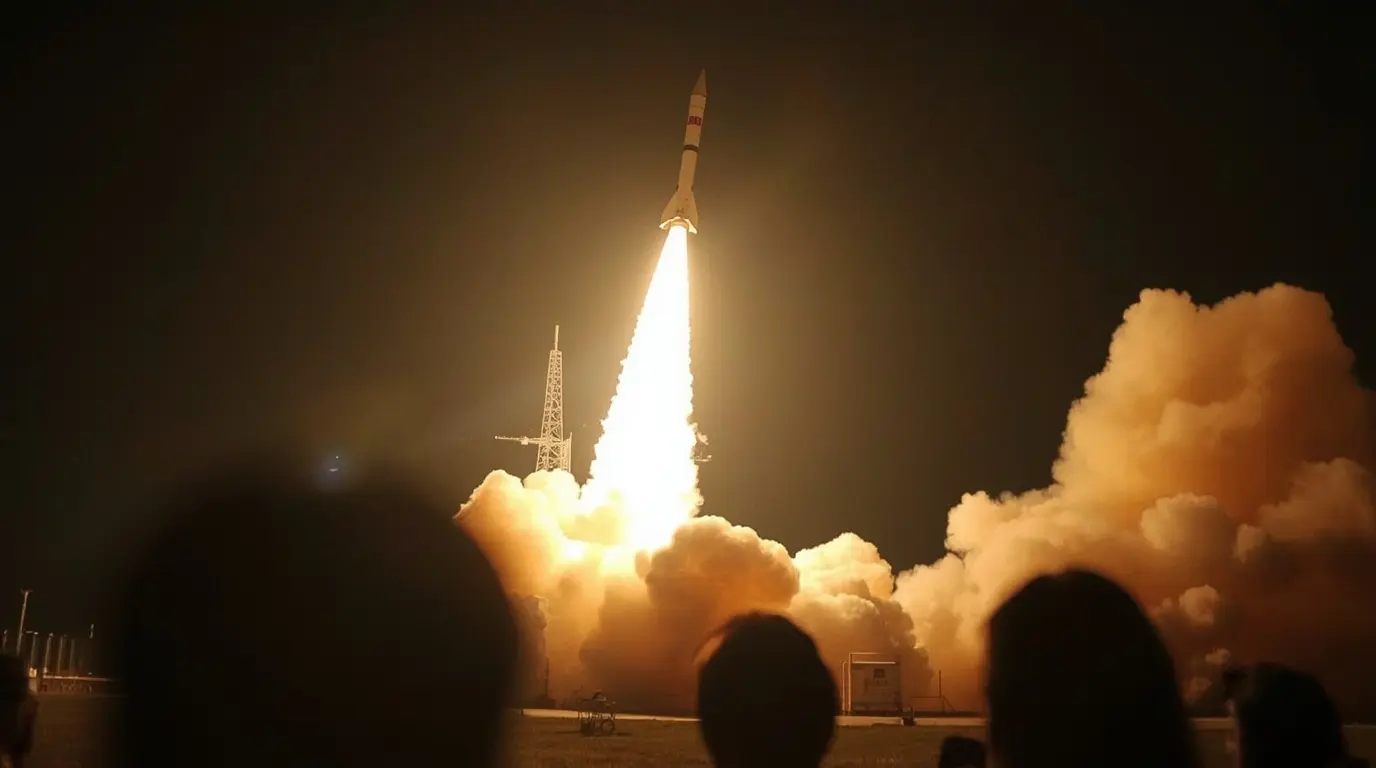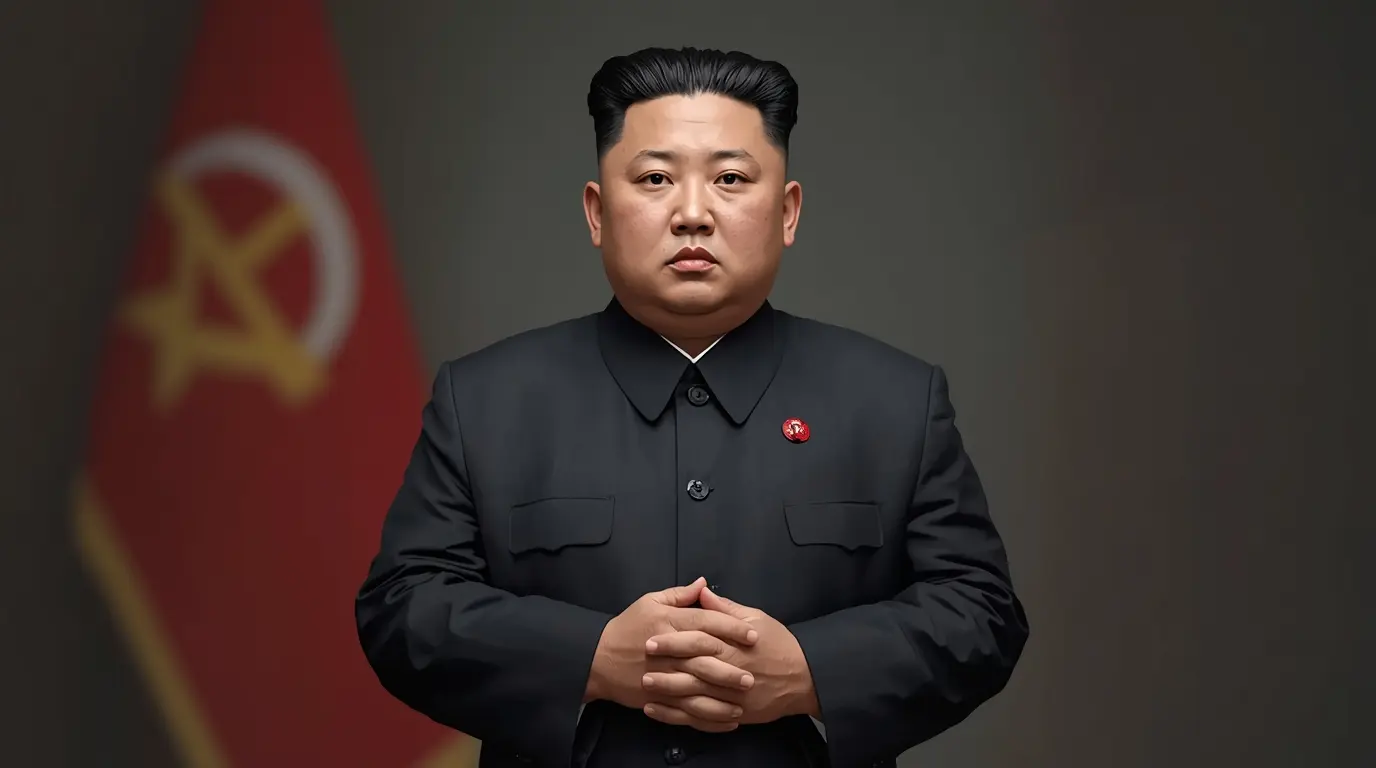Introduction: Kim Un Unveils New North Korea Missiles As Political Theater
Fresh fires have been stoked across the Korean Peninsula as Kim Jong Un personally oversaw the launch of two hitherto unseen North Korea missile systems. Hailed by state media as “Precision Command Strikes,” the tests on August 30, 2025, were marketed as a mirror to the simultaneous U.S.-South Korea summer drills branded “Ulchi Freedom Shield 25.” By framing the demo this way, Pyongyang reasserts its favourite script: show hardware, show teeth, amplify the stakes. Sanctions, military drills, or even dire warnings from allies only tend to double Kim’s bet, and Washington and Seoul should expect another glossy parade and another arms reveal to follow.
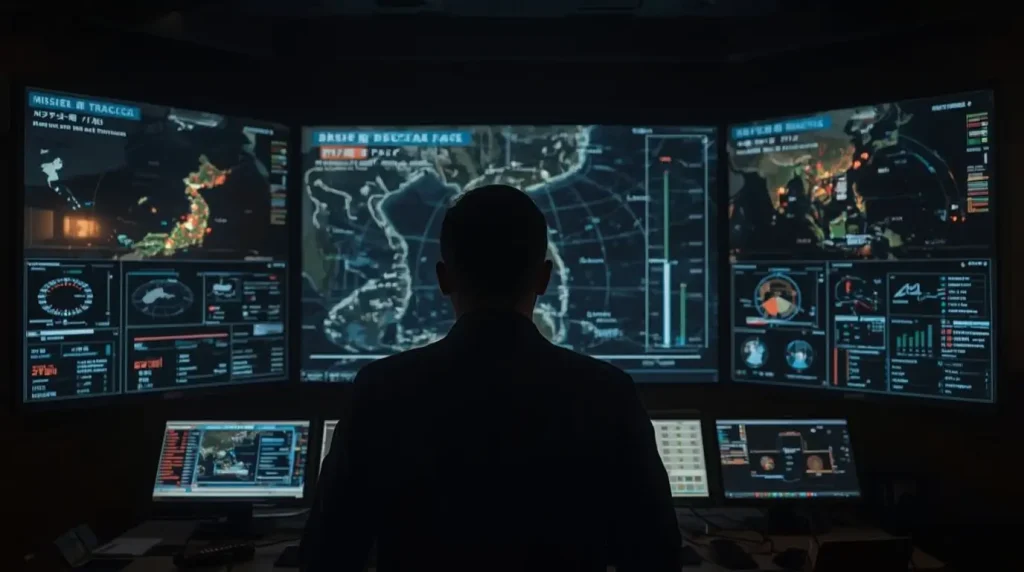
In the coming paragraphs, we will slice through North Korea’s latest show of force, trace the arc of its North Korea missile technology, and size up the ripple effects beyond the 38th parallel. By identifying timelines, technical specs, and the evolving deterrence calculus, we arm decision-makers, analysts and ordinary citizens with sharper, near-the-ground intelligence. North Korea’s verified second, third, or ballistic missile is small news on the morning roundups, but a peek into its full bid for sovereign deterrence is a crystal ball for how Pyongyang hopes to nudge favourably latercurity later through stagey scares and genuine systems upgrade.
Latest Missile Tests from North Korea: Key Takeaways
North Korea’s state-run Korean Central News Agency (KCNA) says the country has tested two new North Korea missiles aimed at airborne targets like drones and cruise missiles. KCNA claims the missiles apply “unique and special technology” and have “superior combat capability”. Still, the reports do not mention range, altitude, or the type of propulsion used, which is a usual practice for the North to keep key facts secret.
The launches took place from a site that North Korea has not named. KCNA released photos showing Kim Jong Un in field uniform and surrounded by top military brass. The images spotlight missiles in mid-flight, typical of the North’s method to broadcast a message of military strength at home and abroad. This kind of imagery has been a staple of North Korean propaganda for years.
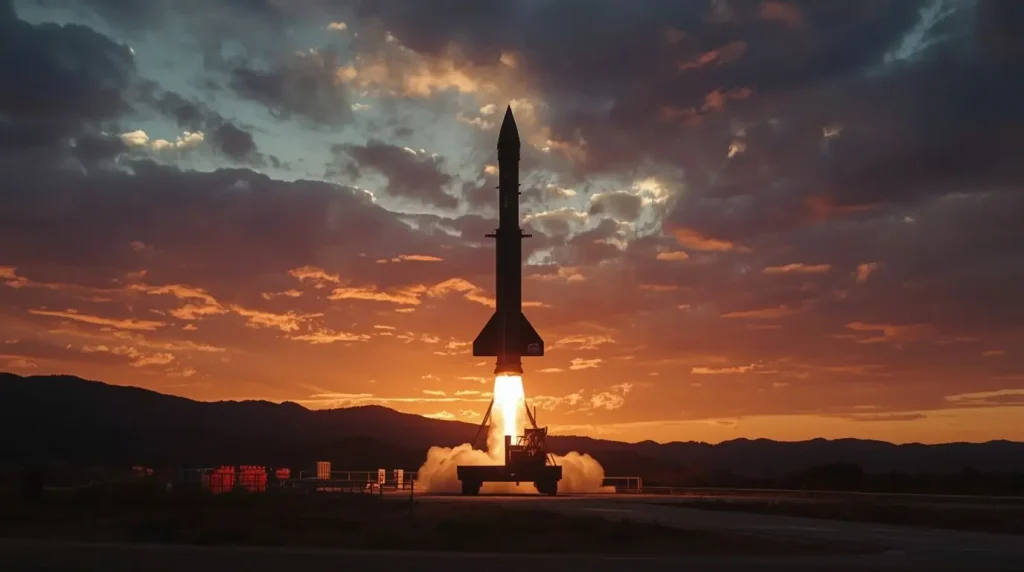
The Strategic Message
The timing of the test is not a coincidence. The launches happened while U.S. and South Korean forces were carrying out combined military exercises, which started August 25 and end August 29. North Korea routinely condemns these drills, describing them as “reckless” and “destabilizing” actions that risk triggering a larger conflict. By organizing North Korea missile tests to coincide with the drills, Pyongyang demonstrates its capability to respond and aims to disrupt the narrative that those exercises proceed without serious risk.
The Quickening North Korea Missile Drive: Looking Into Recent Alerts
North Korean press, particularly KCNA, continues stressing that the new missiles can outpace the modern aircraft North Korea has labeled as “enemy.” Verification from outside experts, however, is tough because the launches keep happening under a curtain of controlled camera coverage. When KCNA carries the word “upgraded,” it often means that scientists have made incremental steps forward, moving the program to a new, yet opaque, plateau.
The Expanding North Korea Missile Arsenal: A Broader Look
Behind a curtain of near-zero trade, widening of North Korea missile program that is already as varied and surprisingly advanced as anyone has ever built under collective embargo. The hybrids now on its parade grounds stretch from guns that score nearby cities at 300 kilometers to the objects that touch the edges of “intercontinental” at 12,000-plus kilometers, and all the variants can potentially bear the black-mark warhead. Sanctions have slowed some chips but have accelerated room, duct, and steel improvisation.
Key Systems in the North Korea Missile Inventory
Hwasong-15 (KN-22): Sighted fires have yielded simulations that calculate a 13,000 kilometers range. Those numbers mean that an autonomous launch can technically touch the densest cities in the continental U.S. and still glide home. Manuals and gossip out of Wonsan present it as the crown model in chain of custody.
Hwasong-18: Still blurry in official outlines but bright at vector maps, the type is a solid-fuel ICBM that storage and convoy can launch in minutes—quite a percentage faster than its liquid cousins. Speed, count, and dynamics on the pads hint at an accelerated benefit that adherents now annotate as an illustrative leap on schematic, perhaps the truest jump so far in the local library of steps.
Tactical and Short-Range Systems
North Korea’s tactical and short-range systems include the Hwasong-6 and the Hwasong-9. The Hwasong-6 has a flight range of 500 kilometers, while the Hwasong-9 can reach 1,000 kilometers. Both missiles are optimized for addressing regional threats and can carry a range of warhead types, such as nuclear, chemical, or biological payloads.
Nuclear Warheads and Miniaturization
The country is advancing both missile technology and the warheads themselves. Analysts estimate that North Korea has fabricated enough fissile material for up to 90 warheads, though operational assessments suggest that approximately 50 of these are fully assembled. In recent statements, Kim Jong Un has publicly prioritized the miniaturization and standardization of nuclear devices, a goal that would allow the warheads to be installed on a wider array of missile platforms.
Key North Korea Missile Systems Table
Overview
| Missile Name | Type | Range (km) | First Tested | Capabilities |
|---|---|---|---|---|
| Hwasong-15 | ICBM | 13,000 | 2017 | Nuclear-capable, can strike continental U.S. |
| Hwasong-18 | ICBM | 15,000 (est.) | 2023 (est.) | Solid-fuel, faster launch and mobility |
| Hwasong-6 | SRBM | 500 | 1990 | Can carry either conventional or nuclear warhead |
| Pukguksong-2 | MRBM | 2,000 | 2017 | Submarine-launched, adds stealth and surprise |
| New Air Defense | A2/AD | Classified | 2025 | Aiming to counter drones and cruise missiles |
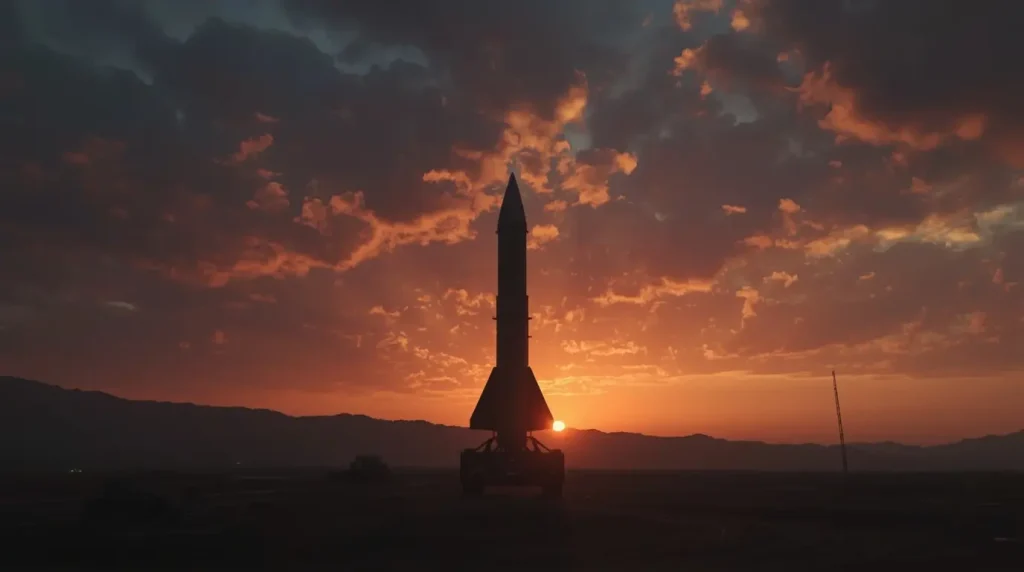
Geopolitical Context: Why Now?
The recent North Korean missile tests are timed to exploit the present geopolitical situation. North Korea views the ongoing U.S.-South Korea military drills as an existential threat and has employed intense rhetoric plus live-fire events as counter-demonstrations.
Response to Drills: Kim Jong Un described the exercises as potential sparks for a wider conflict and publicly called for “swiftly boosting nuclear capabilities.” This framing serves to rally domestic support for military budgeting while denigrating Washington and Seoul to the global audience as provocateurs.
Regional Stability: A radiating factor in Pyongyang’s calculations is the basic unresolved nature of the Korean War. The armistice of 1953 concluded hostilities but, lacking a final treaty, leftover tensions and cycles of provocations have become a predictable part of the Peninsula’s security environment.
North Korea Missile Tests: A Sneak Peek into Global Partnerships
Pyongyang’s Global Ties
Recent North Korea missile launches show that it isn’t moving in isolation anymore, and its ties look set to deepen. Washington claims Moscow has been imparting its cutting-edge space and satellite tech to North Korea, expecting Pyongyang to send in more artillery support for Russia’s ongoing operations in Ukraine. If true, this tech-sharing means the North’s next-generation missile systems could pack an even bigger punch.
Global Response
The world isn’t sitting quietly. During a visit to Seoul, U.S. Secretary of State Antony Blinken called the North’s test a clear breach of U.N. Security Council rules, joining the chorus alongside Japan and South Korea, who both continue to track the situation and call for diplomacy. Yet, Blinken and other officials are finding it hard to back diplomacy with action.
Diplomatic Moves and the North’s Strategy
The Biden White House has repeatedly offered the North cheap talks, demanding nothing in return to show goodwill. Instead of seizing the chance, Pyongyang has responded with more missile launches, hinting it isn’t in the mood to negotiate denuclearization anytime soon.
Sanctions: Sinking or Staying Afloat?
The U.N. sanctions aimed at choking off North Korea’s weapons programs are still on the books. Yet success has been modest; the North manages to slip through the cracks using clever avoidance strategies, and it still receives support from other player states, undoing the intended paralysis.
Implications for Global Security
North Korea’s rapid missile advancements continue to threaten both the Asia-Pacific region and the wider world. Solid-fuel missiles like the Hwasong-18 significantly shorten the time from detection to launch, complicating any effort to strike first. This pace of improvement, combined with an expanding tactical nuclear stockpile, lowers the bar for nuclear use and signals that Pyongyang now sees these weapons as battlefield assets, not just strategic deterrents.
The regime’s recent missile tests, often accompanied by harsh and loud rhetoric, consequently raise the stakes for any crisis. A normal training exercise, if misreported or timed with an actual launch, could escalate to combat within minutes. Command and communication lines in such contexts are often tested to the breaking point, meaning the risk of deadly miscalculations grows with every launch.
North Korea missile designs are already on the open market. Past sales of guidance, propulsion, and warhead technologies to partners in the Middle East and South Asia demonstrate that the regime is willing to export danger for hard currency. Additional upgrades and variants, such as the Hwasong-18, provide more attractive and more deadly products to a ready clientele, potentially expanding the circle of states and non-state actors equipped with similar capabilities.
Conclusion: A Tense Standoff with No End in Sight
The latest missile tests confirm that Kim Jong Un is fully committed to a strategy of constant military escalation, regardless of the level of international sanctions or diplomatic overtures. The regime’s improved nuclear and missile systems are now an irreversible reality, complicating the security calculations of every nation that shares North Korea’s region or fears its power.
Moving ahead calls for a mix of strategies—strong deterrence, steady talks, and teamwork within the region. Still, since Pyongyang is refusing to talk for now, we face ongoing unpredictability. Therefore, the global community must stay alert and energetic to counter the dangers of North Korea missile efforts.
Source: https://edition.cnn.com/2025/08/31/asia/north-korea-kim-jong-un-missile-inspection-intl-hnk
For more incredible stories of everyday news, return to our homepage.


